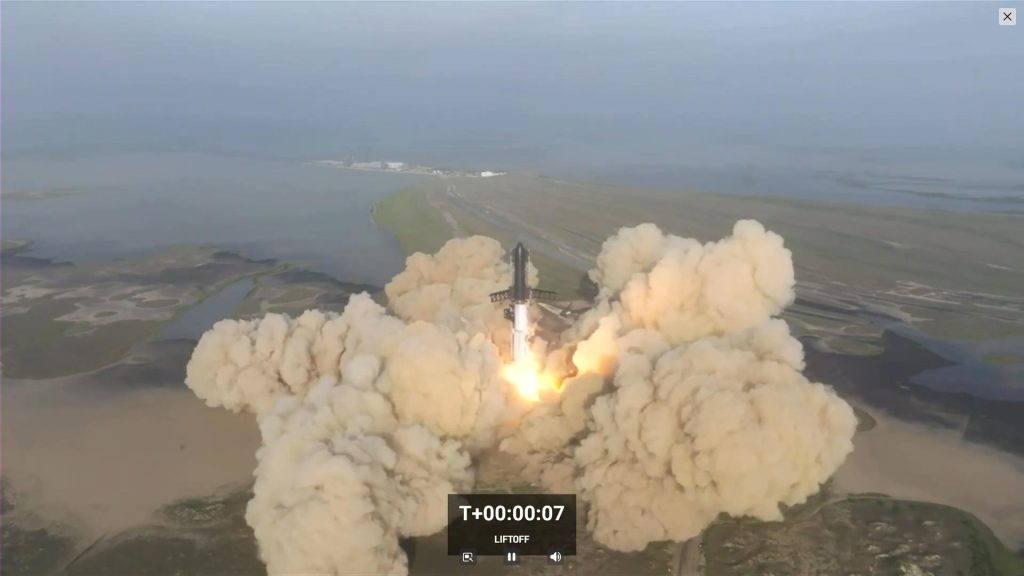
SpaceX often experiences detonation instead of transportation. It’s one of the company’s main strengths that it has been able to survive despite massive setbacks.
But there’s an obvious issue concerning the abort systems on Starship itself. When Starship carries expensive payloads and people, it will need to be able to escape the stack in a situation like this. There’s a very good chance that if Starship second stage had been able to separate from the stack in a timely manner, at least one of the stages could have landed safely and independently. Instead, the operators blew up the whole stack.
While that does tick off one of the boxes on the pathway to final flight certification – characterizing the rocket’s blast wave and debris pattern in a near-worst case scenario – There’s another matter that highlights one of the weaknesses of the way SpaceX does its launches – with limited abort capacity based on landing zone availability.

SpaceX has all of 5 or 6 places in the world to land its rockets at any given time these days, the solutions being “next to the origin launchpad” and “on a prepositioned boat”. But if for whatever reason the rocket is in the wrong spot in the landing phase, and can’t reach any landing zone, then the stage is a loss.
Starship is a much bigger deal – the largest rocket ever built, 10 times more powerful than the Falcon 9, with both the Superheavy booster and its Starship upper stage needing vertical landing sites. It would be justifiable to pay 10 times as much attention to landing sites, to allow recovery of at least the payload despite a variety of failure modes. For example, the Space Shuttle had a number of launch phase abort options that were never used, but always planned for.
Superheavy needs a specially built pad, but Starship could probably land at a broader number of pre-existing heliports in a real pinch. At some point, SpaceX will need to start retrofitting or building additional landing zones across the Gulf Coast, just to have a more reasonable number of abort sites.
Now, these options would have made no difference to the mission on the 20th, where the failure was in the interstage process, and Starship never pulled off of the stack. That calls up a separate safety matter entirely: What is Starship’s abort plan for human crew when there’s no main engines and the stack is upside down and twisting?
